MusicRadar Verdict
A must-try for Keef-o-philes and anyone else wanting maximum tonal breath from a Tele. As long as you like fake ageing…
Pros
- +
Humbucker fatness. Great looks. Lovely playability. Played-in feel. Light weight.
Cons
- -
Huge tonal contrast between pickups.
MusicRadar's got your back
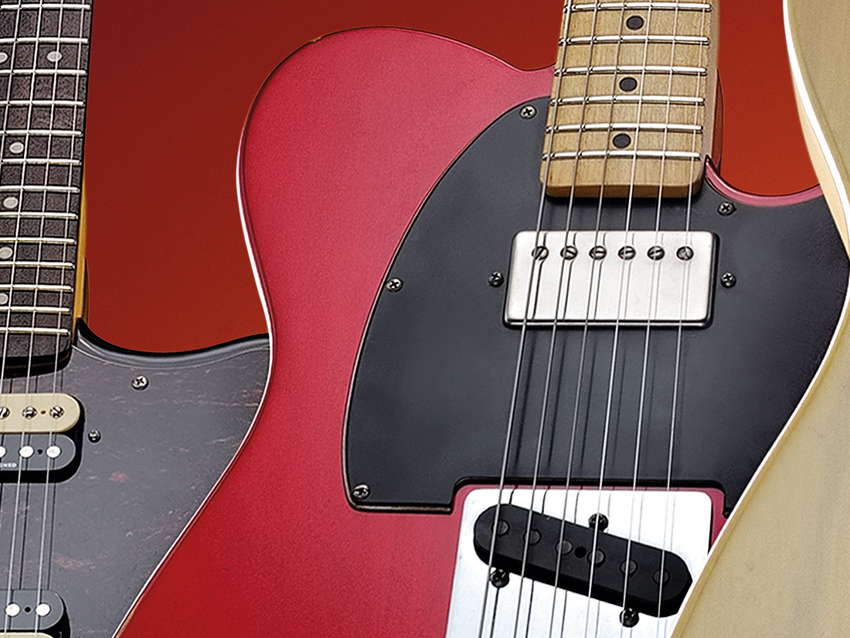
Fender Road Worn Player Telecaster
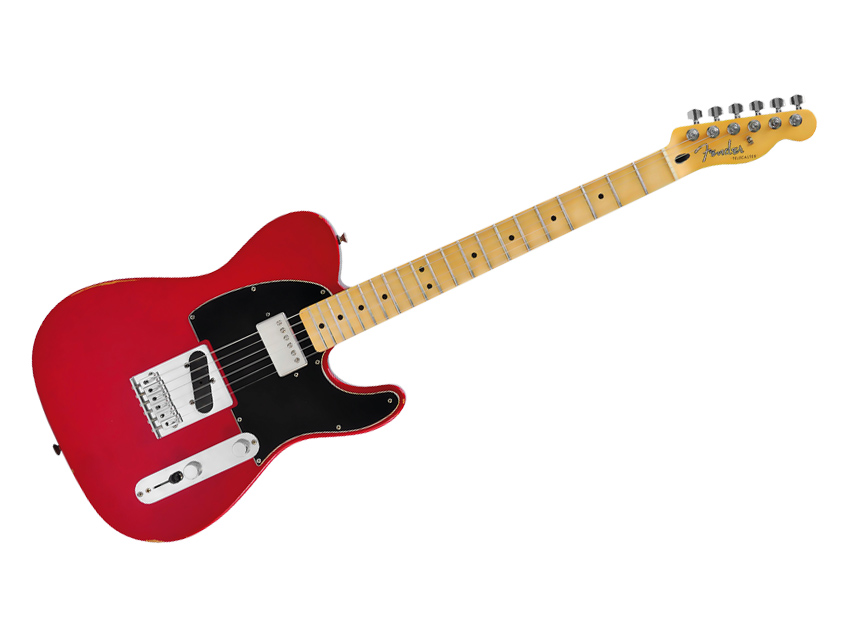
Fender Road Worn Player Telecaster
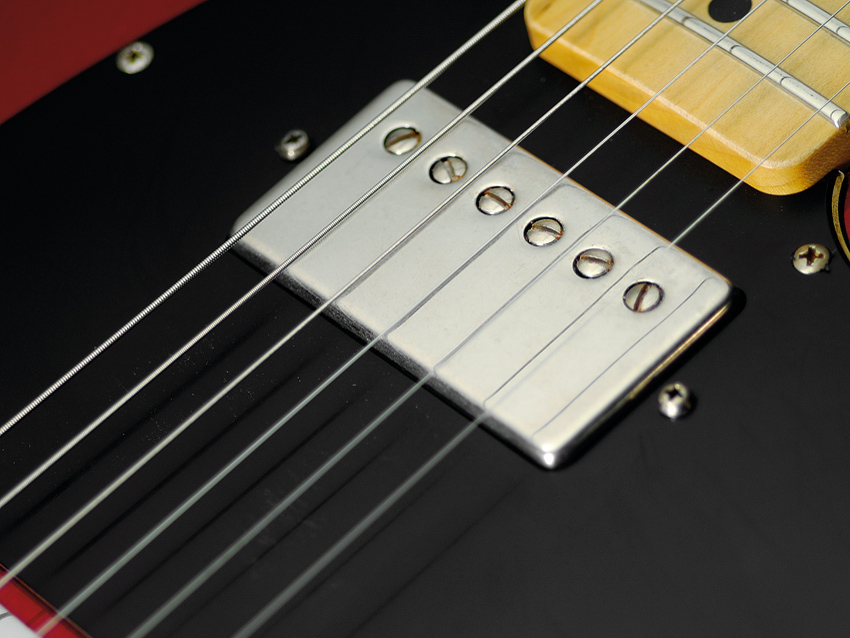
Fender Road Worn Player Telecaster
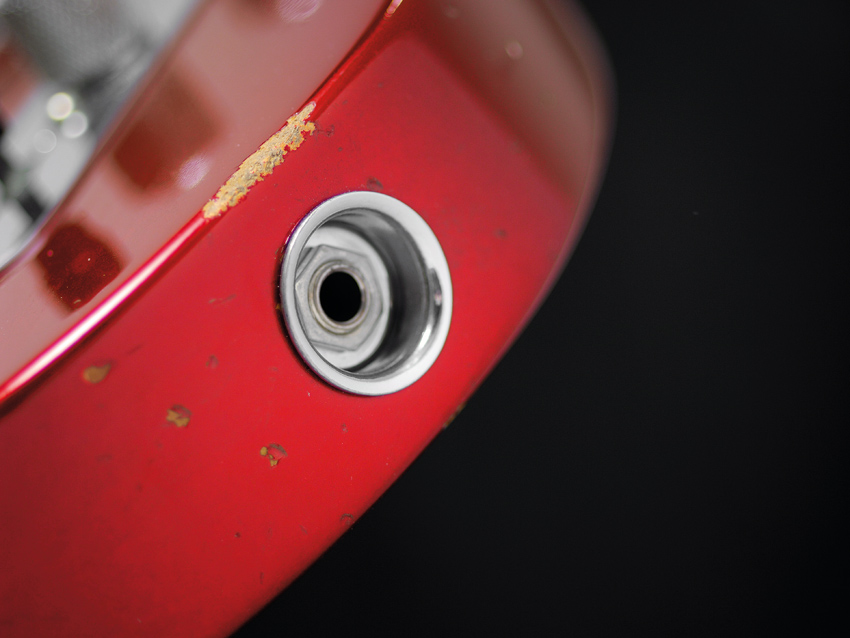
Fender Road Worn Player Telecaster
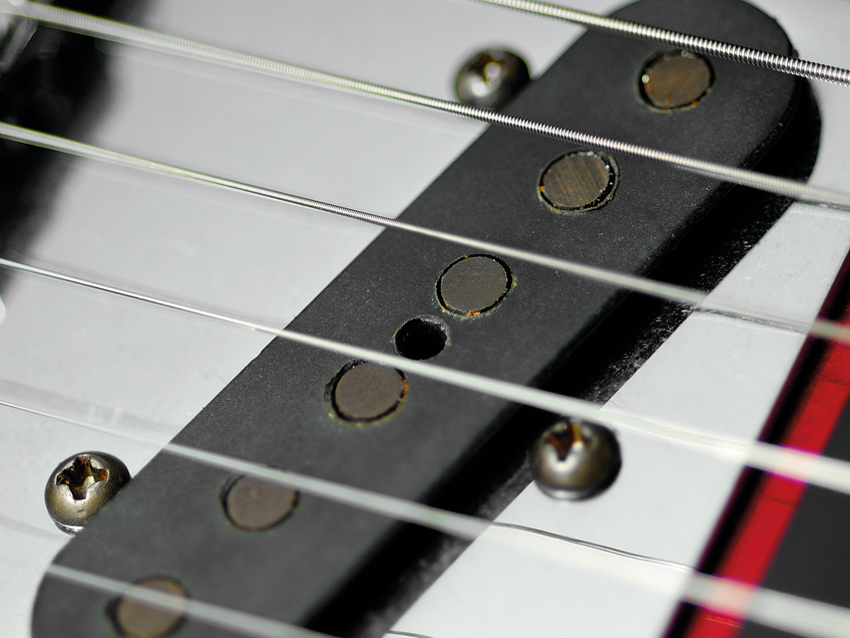
Fender Road Worn Player Telecaster
We first looked at Fender's Mexican-made Road Worn Series back in early 2009. Like all pre-aged new guitars they were met with both joyful squeals and derisive jeers, depending entirely on whether you think beating up a brand-new guitar is either stupid or clever - as a man named St Hubbins once observed, it's such a fine line.
Take a look at the Road Worn Player Telecaster in action...
In fact, it's neither. It's Fender continuing what it does best, and that's offering its most popular guitars in every possible price and spec format, hence our latest example.
"You'll find that the flatter fingerboard, bigger frets and worn-in neck really do improve playability."
The body of this Telecaster is alder and finished in gorgeous Candy Apple red - there's just something so right about it on a Tele, even if it 'should' be paired with a rosewood fingerboard (Candy Apple wasn't officially introduced until 1963).
It's just thin enough to reveal, almost imperceptibly, the grain of the alder, so you can pick out the three separate pieces.
Given the 'Player' tag, you might assume some kind of belly contour would be appropriate: nope, this is a slab- body Tele, just like Leo intended. Even so, both guitar remains mercifully light at 3.4kg (7.5lb). We criticised previous Road Worns for being on the heavy side, so if they're all like this, hooray.
The Road Worn finish is the major talking point, a thin, almost-matte nitrocellulose top coat that's been mechanically aged to simulate a few years' heavy use. It's not convincing in a vintage guitar sense - but Fender is the first to point out that nobody is trying to fool you that these are old guitars; they just ape the feel of well-played instruments and, yes, look a bit vintage from afar.
The lightly worn satin finish of the neck is very similar to the existing Road Worns; inviting, quick under the palm and so much more playable than new nitrocellulose. The medium jumbo frets and a 241mm (9.5-inch) radius however, give you the option of a lower action, enabling easier string bending with less fret buzz and choking.
The difference isn't night-and-day perceptible from a 184mm (7.25-inch) radius and skinny frets (Road Worns have bigger-than-vintage Dunlop 6105s it should be noted), but play for a few minutes and you'll soon get the idea. We'd take these over vintage-correct fingerboards every day of the week.
As is common for modern-day Fenders - particularly if you buy from a good dealer - set-up, playability, and all that essential 'it-feels-great' stuff is of a high standard. Being ultra picky, we might just take the fret ends down a little bit on the underside of the neck, to sit more comfortably with the lightly rolled fingerboard edges. But they're by no means sharp, just for the record.
The callipers put the Tele at 21.5mm at the middle of the first fret. The neck is spec'd as a modern 'C' shape, which means pretty even depth all the way up to the heel.
Also worth mentioning is that if you've always liked the look and tone of maple fingerboards, but hate the feel because of too much glossy lacquer, make sure you try this - it's a whole different ball game.
The Tele's peghead is fairly traditional, but the bridge is a more modern, flat baseplate type with six individual saddles; an intonation improvement over the vintage- style three-barrel saddle arrangement.
You'll also notice that Fender has chosen to orientate the control plate back-to-front, so that the pickup selector switch is out of the way and the volume pot easier to reach with your pinky.
The Road Worn Player Telecaster gets a Tex-Mex single-coil at the bridge position, with alnico V magnets and a not-officially quoted DC resistance of around 8k. The bigger news is the Seymour Duncan '59 humbucker at the neck, giving a certain Keef feel to proceedings.
Lest we forget, the numbers can often be a distraction when it comes to pickups, so let's just see how they sound.
Sounds
The Tele is somewhat of a mixed bag. We found the bridge pickup to be edgy and bright, just as you'd expect from a good Tele.
In isolation - and connected to the tone control - it enables you to span twangin' country licks, through classic rock chords and on to massive-gained riffing - few people realise how good most Teles are at that.
The issue comes when changing pickups. In isolation the Seymour Duncan '59 sounds big, fat and full of all that rhythm raunch you'd want from a neck humbucker.
But compared with the bridge pickup it's very dark, meaning you have to roll on a ton of treble to the amp, rendering the bridge pickup way too spiky.
Fender has tried to alleviate this by fitting uncommon 375k ohm pots, as found in the American Vintage Hot Rod Tele (Teles usually have 250k pots, humbucker guitars 500k).
To our mind it's a compromise too far - might this have been a case for three pots, or even dual-concentrics for ultimate flexibility between pickups?
The '59 does have four-conductor wiring however, so you could buy a four-way switch and make use of the split-coil sounds. Or, simply unwire the neck pickup from the tone control and roll back the highs from the bridge only.
The middle position is very satisfying, however, offering the 'bucker's girth with hair and presence from the bridge: a huge sound. Keef spent time here, and so should you.
Yet more Teles? If you aren't obsessed with every tiny detail of Leo's 'perfect' guitar, you'll be rolling your eyes by now.
Yet as with every variant that's gone before, it's the specific mix of those all-important details that make a particular Telecaster the right guitar for you.
Leading the charge with these is the faux-ageing (charming if not absolutely convincing) and the black plastics, but look deeper and you'll find those flatter fingerboards, bigger frets and worn-in necks really do improve playability considerably over strict vintage spec.And of course, Keith Richards fans simply can't ignore the Tele.
Hikes in fuel prices and VAT, a global economic crisis, and the distant memory of very strong Sterling means that you're paying considerably more for your Fenders now than a few years ago, and that will be the rub for many of us. Nevertheless, this is a highly credible guitar with a slew of fine tones, no question.
Guitarist is the longest established UK guitar magazine, offering gear reviews, artist interviews, techniques lessons and loads more, in print, on tablet and on smartphones Digital: http://bit.ly/GuitaristiOS If you love guitars, you'll love Guitarist. Find us in print, on Newsstand for iPad, iPhone and other digital readers
“I have an original 909 – every time I try to use it I feel like I’m ruining it”: House hero Riva Starr on his studio essentials and his love of analogue synths
“A synthesizer that is both easy to use and fun to play whilst maintaining a decent degree of programming depth and flexibility”: PWM Mantis review
“I feel like that song had everything we needed to come back with”: Bring Me The Horizon’s Lee Malia on Shadow Moses, its riff and the secrets behind its tone, and why it was the right anthem at the right time










